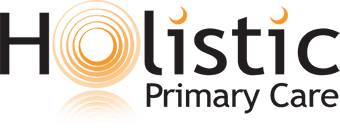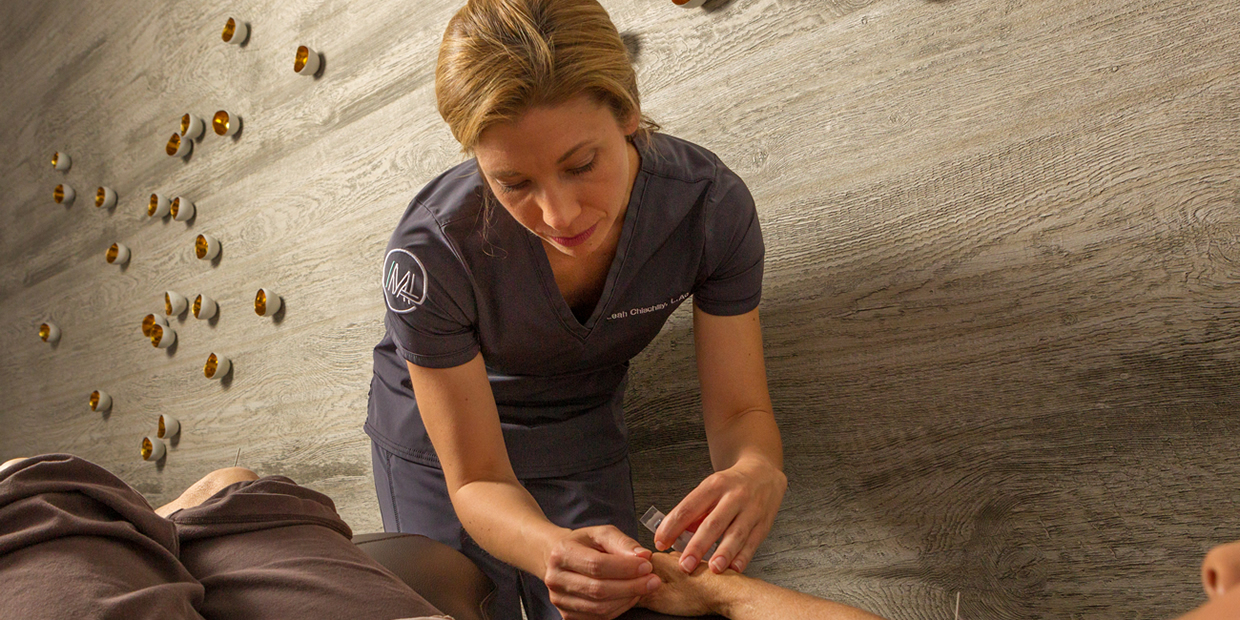 Modern Acupuncture, the country’s first acupuncture franchise, is bringing the ancient healing practice to the masses with a unique focus on convenience and affordability.
Modern Acupuncture, the country’s first acupuncture franchise, is bringing the ancient healing practice to the masses with a unique focus on convenience and affordability.
Founded in 2016, the fast-growing company now operates over 40 clinics nationwide, with ambitious plans to increase that by more than tenfold in the coming years. Its founders aim to expand access to acupuncture services through treatment centers located in retail zones where patients can also shop for groceries, visit the gym, and meet other daily needs all at once.
But in its effort to broaden access to acupuncture services, the company risks oversimplifying and watering down a venerable healing modality that is actually quite complex when practiced within the full context of traditional Chinese medicine.
Making Lives Better
Modern Acupuncture opened its first clinic in February 2017 in Scottsdale, Arizona. Today, it runs 47 separate clinics across 15 different states, and has awarded a total of 161 franchise licenses throughout the country. The company’s eventual goal is to build around 500 clinics across the nation, according to its Manager of Clinical Operations, Leah Chischilly, MSAc, LAc.
The franchising model––common in the fast food, hotel, and fitness worlds, but far less so in healthcare––has allowed Modern Acupuncture to gain visibility very quickly, and to reach more patients than a stand-alone medical practice ever could.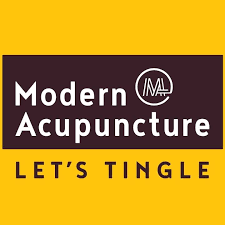
“Our mission is to make lives better, and this gives us a way to do that on a very large scale,” Chischilly said.
Before moving into the acupuncture space, the creators of Modern Acupuncture played key roles in developing several other widely-known health and wellness franchise concepts. Co-founders Matt Hale and Chad Everts were founding members of the management team at high-growth global chiropractic franchise The Joint Chiropractic, which currently operates well over 400 clinics nationally.
At The Joint, Hale and Everts also worked alongside and learned from then-CEO John Leonesio, who in 2002 established the now hugely successful Massage Envy chain of massage and bodywork clinics.
The two entrepreneurs saw an opportunity to bring their healthcare franchising experience into what Hale––who now serves as Modern Acupuncture’s CEO––described as the “untapped” alternative medicine market of acupuncture.
They drew on the “membership model” that propelled Massage Envy’s popularity, creating a similarly low-cost structure for acupuncture treatment services.
Ancient Healing, Modern Convenience
Like its counterparts in the massage and chiropractic realms, Modern Acupuncture builds clinics in shopping plazas and other high-traffic retail centers. The idea is to offer customers an easy, user-friendly way to receive treatment while they’re already out visiting their local coffee shops, gyms, or supermarkets.
According to Carlos Chapa LAc, Dipl. OM, ND, PhD, President of the American Association of Acupuncture and Oriental Medicine, prime clinic locations “near yoga studios, Whole Foods-type supermarkets, and Starbucks” stores provide “a great clientele” for other oriental medicine practitioners to approach, because thanks to Modern, they’re already aware of acupuncture. Retail-type settings can also help bring in new patients, Chapa said. The franchise is “ideal for the new patient that is not familiar with Eastern medicine or acupuncture.”
Dr. Chapa did indicate one concern surrounding franchise ownership: “In many states, one must be a licensed medical provider to own a medical clinic and hire medical practitioners,” he explained, but the Modern Acupuncture franchise owners Chapa has personally met to date are not themselves licensed clinicians.
Still, he said, AAAOM is overall “happy and supportive of the franchise goals and direction.”
Leah Chischilly, MSAc, LAc, Manager of Clinical Operations at Modern Acupuncture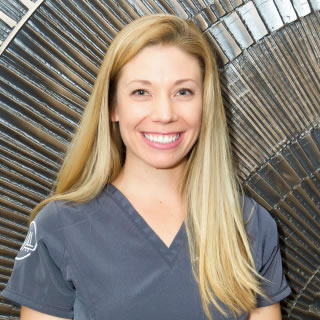
Walk-in sessions at one of the company’s Scottsdale locations are $59. A package of 10 sessions per month costs $450, and includes “preferred scheduling” and complimentary organic tea. There are several other packages available as well.
“Our concept is based on making acupuncture more affordable, more accessible, and more approachable than ever before,” Chischilly explained. “We offer a great price, are in convenient locations, and we are working hard to remove the ‘hocus pocus’ stigma that often surrounds acupuncture. We are built for the modern busy lifestyle,” she said.
Discussing Modern Acupuncture’s new service delivery model, Carla Wilson, PhD, DAOM, Dean of the American College of Traditional Chinese Medicine (ACTCM), said that it “presents easy access to acupuncture for busy folks that need health maintenance, stress management, and a way to live more comfortably in a demanding world.”
Inside, the clinics are sleek and spa-like. A typical session at a Modern Acupuncture center lasts 30 minutes, and walk-ins are welcomed. Treatments are conducted in communal spaces, so patients remain fully clothed. Most locations offer evening and weekend hours to accommodate a wide range of patient schedules.
The practice of needle insertion is only one part of the comprehensive traditional Chinese medical system, but Modern Acupuncture clinics offer acupuncture treatments exclusively.
“Chinese medicine has many different facets, and acupuncture is just one of them,” Chischilly says, acknowledging that the company’s model does take the technique out of its broader therapeutic context. “However, a lot can be done with acupuncture alone, and that is why we have chosen to make that our focus at this time.”
Treatment options range from traditional body acupuncture to cosmetic facial needling that reportedly results in, “revitalized and nourished skin” with “a brighter complexion and a more youthful appearance.”
Pain, Stress, & Anxiety
Pain, stress, and anxiety are the three most common health conditions for which patients seek care at Modern Acupuncture clinics. The needling practice provides a safe and effective alternative for symptoms typically managed with pharmaceutical drugs.
As a chronic pain treatment in particular, acupuncture can be an effective and non-addictive alternative to prescription pain killers. In light of rising opioid consumption and overdose rates, that’s good news. And it’s beneficial as a preventive health tool, too.
“We offer a great price, are in convenient locations, and we are working hard to remove the ‘hocus pocus’ stigma that often surrounds acupuncture. We are built for the modern busy lifestyle,”—Leah Chischilly, Manager of Clinical Operations, Modern Acupuncture
“Acupuncture isn’t just there to treat existing symptoms and problems––it is also an excellent way to prevent problems from occurring in the first place,” Chischilly argued. “There’s no downtime, very little risk, and the many benefits you receive will surprise you.”
Community-Style Treatments
At their clinics, a single practitioner treats multiple patients at once using Distal Needling Acupuncture (DNA), a method developed by Robert Doane, LAc, EAMP, longtime Chinese medicine practitioner and founder of the Acupuncture & Wellness Center in Poulsbo, Washington.
In the DNA style, practitioners target acupuncture points in specific places on the body, including the scalp and ears, the portion of the arm 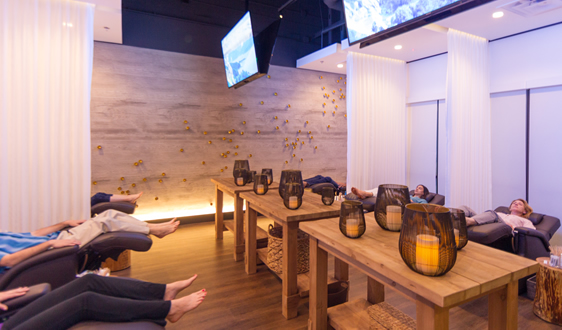 between the elbows and fingers, and on the legs between the knees and toes. The method allows patients to lay on their backs, face up, without removing any clothing, making the treatment process both efficient and comfortable.
between the elbows and fingers, and on the legs between the knees and toes. The method allows patients to lay on their backs, face up, without removing any clothing, making the treatment process both efficient and comfortable.
“The way the acupuncture is delivered––in a community-style setting––allows several people to be seen at one time, and enables us to bring the cost down as compared to the traditional one-to-one acupuncture model,” Chischilly explained. “This makes it more affordable for people to get the number of treatments that they need in order to achieve the best results.”
Needs Beyond Acupuncture
All of the company’s acupuncturists are licensed to practice within their states of residence. “Our practitioners are highly skilled and highly qualified to address multiple health concerns,” Chischilly said.
But because their offerings are limited to acupuncture only, some patients inevitably require care beyond what Modern Acupuncture can provide. In certain instances, individuals “might prefer or even need some of the other therapies of Chinese medicine, such as herbs, cupping, gua sha, and tui na, to name a few,” Chischilly suggested. For others, referrals to conventionally trained physicians or other health professionals is the right move.
“I can envision referring individuals to Modern Acupuncture based on locale and ease of scheduling for conditions that do not require a full medical work up,” said ACTCM’s Dr. Wilson.
Dr. Chapa proposed that in “more complicated cases like severe pain, neurological issues like strokes or paralysis, and fertility and women’s health issues,” an acupuncture-only clinic that does not carry or offer other forms of medicine is not appropriate. He added that such cases can make “great referrals to other local acupuncture or herbal clinics” where practitioners are have broader scopes of practice.
Chischilly explained that her company encourages franchise owners to establish relationships with one or two private acupuncture practitioners in the area, to whom they can refer patients in need of more comprehensive care. Relationships with other medical and behavioral health practitioners––like naturopathic doctors, chiropractors, counselors, and MDs––are also encouraged, expanding the referral network available to patients who would benefit from non-acupuncture therapies.
“We find that acupuncture works very well in tandem with many Western medical treatments,” she noted.
Moving Towards Mainstream
In addition to broadening patient access to acupuncture services, Modern Acupuncture sees itself bringing further benefits to the communities within which it operates. Exposing more patients nationally to the discipline of acupuncture could advance the profession in areas where Chinese medicine might not otherwise be practiced.New clinics also mean new employment options for licensed acupuncturists who are otherwise unable to find jobs or run a private practice.
“It is especially great for those that are not ready to start their own businesses or wish to work part time as an option. It is not easy to start any business, especially acupuncture,” Dr. Chapa suggested. “Marketing, advertising, and exposure” are areas of “weakness for most acupuncturists,” he added, noting that “schools do not teach these very important subjects.”
Corporate franchisors do not dictate pay structures at the clinic level, so Modern Acupuncture franchise owners are responsible for negotiating the terms of employment relationships with their practitioners. “When an acupuncturist is hired at one of our clinics, they are employed by the owner of that particular franchise, and not Modern Acupuncture corporate,” Chischilly said.
For that reason, “there are various different pay and bonus structures throughout our network, and salary will also depend on cost of living in the area of the clinic,” she added.
The franchising model also opens new business opportunities for interested investors on a national scale.
If the company continues to expand at its projected pace, it could make great strides in demystifying acupuncture and moving the ancient practice into healthcare’s mainstream.
END
